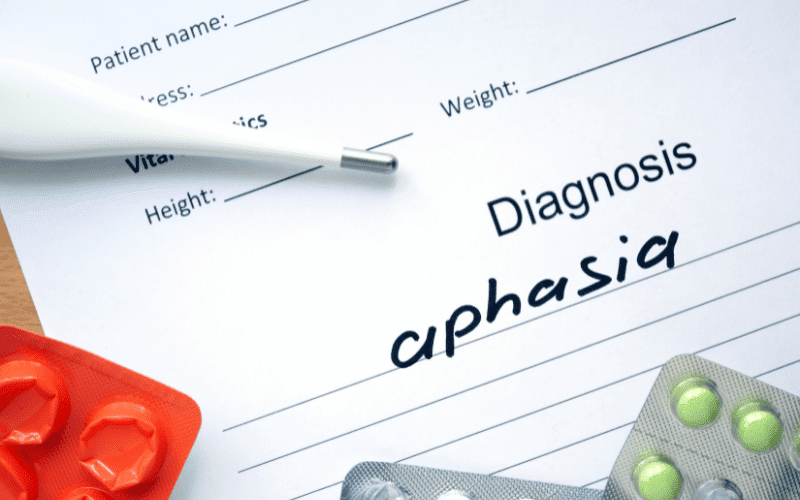FAQs About Anomic Aphasia
Advertisements
 Advertisements
Advertisements
1. What is anomic aphasia?
Anomic aphasia, also known as dysnomia, nominal aphasia, or amnesic aphasia, is a type of language disorder where individuals struggle to recall certain words or names. The severity and specific manifestation of symptoms can vary greatly among individuals.
2. What causes anomic aphasia?
Anomic aphasia typically results from damage to various parts of the brain involved in language production. The damage could be due to a stroke, brain injury, tumor, or neurological conditions such as Alzheimer’s disease.
3. How is anomic aphasia diagnosed?
The diagnosis of anomic aphasia is usually made by a neurologist or a speech-language pathologist. It involves an evaluation of the individual’s speech and language abilities, comprehension, and other cognitive functions.
4. Can anomic aphasia be treated?
While there’s no cure for anomic aphasia, speech and language therapy can help improve communication abilities. Therapies are often personalized, taking into account the individual’s unique challenges and strengths.
5. How can I communicate effectively with someone who has anomic aphasia?
Patience, understanding, and empathy are key when communicating with someone with anomic aphasia. Also, try to minimize distractions during conversations, give the person plenty of time to express themselves, and use clear, uncomplicated language.
6. Is anomic aphasia a progressive condition?
Anomic aphasia itself is not typically progressive. However, if the underlying cause of the condition, such as Alzheimer’s disease, is progressive, the aphasia might worsen over time.
Conclusion: Understanding Anomic Aphasia
In conclusion, it’s clear that anomic aphasia poses a myriad of challenges, making the everyday act of communication a significant hurdle for those affected. Recognizing the symptoms – from general word-finding difficulties to struggles with numbers, pronouns, and letters, right down to the use of circumlocution – can provide a pathway to understanding this complex condition.
Through this understanding, caregivers, healthcare professionals, family members, and the individuals themselves can develop tailored strategies to manage the condition more effectively. These may include speech and language therapy, supportive communication environments, and personalized coping mechanisms to navigate the linguistic landscape of anomic aphasia.
Equally important is the wider societal understanding and acceptance of anomic aphasia. A world that recognizes and empathizes with these struggles can pave the way for supportive policies, improved public awareness, and better resources for those grappling with anomic aphasia.
In the end, it’s all about enabling those with anomic aphasia to communicate as effectively as possible and to lead fulfilling lives, despite the challenges they face. With knowledge, understanding, and the right support, this is an achievable goal.
By shining a light on anomic aphasia and its symptoms, we hope to contribute to this collective effort, fostering a better understanding of this condition and the lives of those who navigate its complexities every day. Let’s move forward with empathy, patience, and an unwavering commitment to making the world a more understanding place for everyone, irrespective of their communication challenges.